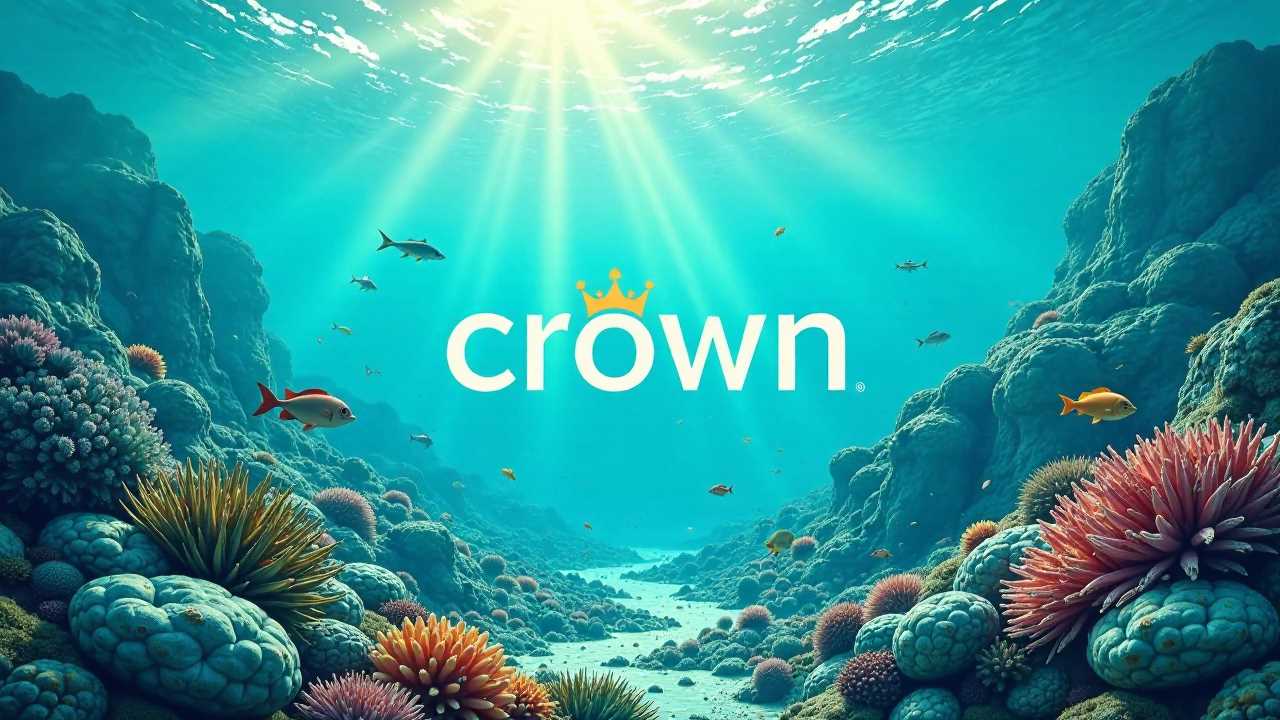
The Urgency of Addressing Ocean Plastic Pollution
The ocean plastic crisis has emerged as one of the most pressing environmental challenges of our time. With millions of tons of marine debris entering our oceans each year, the impact on marine life, ecosystems, and human health is profound. As stewards of the planet, we must prioritize the development and implementation of ocean plastic cleanup technologies that effectively address this issue. These technologies not only aim to remove existing plastic waste but also to promote sustainable innovation in waste management practices.
Understanding Ocean Plastic Cleanup Technologies
Ocean plastic cleanup technologies encompass a range of innovative methods designed to capture and remove plastic waste from marine environments. These technologies vary in their approach, from large-scale systems that target floating debris to smaller, localized solutions aimed at specific areas of pollution. The effectiveness of these technologies relies on their ability to adapt to different environments and types of debris, ensuring that they can operate efficiently in diverse conditions.
Innovative Solutions in Marine Debris Removal
One of the most notable advancements in ocean plastic cleanup technologies is the development of autonomous vessels equipped with advanced sensors and artificial intelligence. These vessels can navigate through polluted waters, identifying and collecting marine debris with precision. For instance, systems like The Ocean Cleanup project utilize a combination of barriers and collection vessels to capture floating plastic, which is then transported to shore for recycling or disposal.
Another promising approach involves the use of biodegradable materials in the design of cleanup devices. By integrating biodegradable components, these technologies minimize their environmental footprint while effectively addressing plastic pollution. This dual focus on cleanup and sustainability exemplifies the potential for sustainable innovation in the field.
Biodegradable Materials: A Game Changer in Waste Management
The incorporation of biodegradable materials into ocean cleanup technologies represents a significant shift in waste management strategies. Traditional plastic materials can take hundreds of years to decompose, contributing to long-term pollution. In contrast, biodegradable alternatives break down more quickly and safely, reducing the overall impact on marine ecosystems.
Research into biodegradable materials has led to the development of innovative products that can be used in cleanup operations. For example, some organizations are experimenting with biodegradable nets and collection devices that can capture plastic waste without leaving harmful residues behind. This approach not only addresses the immediate problem of marine debris but also contributes to the broader goal of ecological restoration.
Pollution Mitigation Through Integrated Approaches
Effective pollution mitigation requires a multifaceted approach that combines technology, policy, and community engagement. Ocean cleanup technologies must be integrated with broader waste management strategies to ensure that plastic waste is not only removed from the ocean but also prevented from entering it in the first place.
This integration can take many forms, such as partnerships between governments, NGOs, and private enterprises to implement comprehensive waste management systems. By promoting recycling, reducing single-use plastics, and encouraging public awareness, we can create a more sustainable future for our oceans.
Ecological Restoration: The Path to Healthier Oceans
The ultimate goal of ocean plastic cleanup technologies is not only to remove debris but also to contribute to ecological restoration. Healthy marine ecosystems are vital for biodiversity, climate regulation, and the overall health of the planet. By addressing plastic pollution, we can help restore habitats that have been degraded by human activity.
Efforts in ecological restoration often involve the rehabilitation of marine environments, such as coral reefs and coastal ecosystems, which are crucial for supporting marine life. By removing plastic waste from these areas, we can enhance their resilience and ability to thrive in the face of environmental challenges.
Future Directions for Ocean Plastic Cleanup Technologies
The future of ocean plastic cleanup technologies lies in continued innovation and collaboration. As research advances, new materials and methods will emerge, offering even more effective solutions for addressing marine debris. Investment in technology development, as well as education and outreach, will be essential in driving these efforts forward.
Moreover, fostering a culture of sustainability within communities can lead to more significant changes in consumer behavior and waste management practices. By prioritizing sustainable innovation, we can create a collective movement toward cleaner oceans and healthier ecosystems.
A Collective Responsibility
Addressing the issue of ocean plastic pollution requires a collective effort from individuals, organizations, and governments worldwide. By embracing ocean plastic cleanup technologies and promoting sustainable practices, we can work towards a future where our oceans are free from plastic waste. Through innovation, education, and collaboration, we can ensure that marine environments thrive for generations to come.
 Business & FinanceHealth & MedicineTechnologyLifestyle & CultureScience & EnvironmentWorld NewsPrivacy PolicyTerms And Conditions
Business & FinanceHealth & MedicineTechnologyLifestyle & CultureScience & EnvironmentWorld NewsPrivacy PolicyTerms And Conditions
